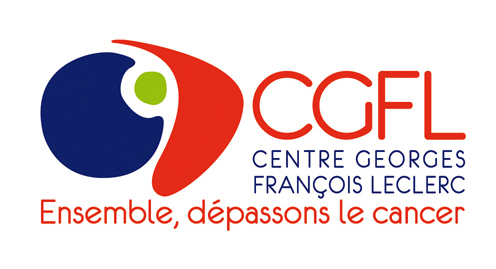Proof of concept of a binary blood assay for predicting radiosensitivity
Résumé
Radiation therapy (RT), either alone or in combination with surgery and/or chemotherapy is a keystone of cancers treatment. Early toxicity is common, sometimes leading to discontinuation of treatment. Recent studies stressed the role of the phosphorylated ATM (pATM) protein in RT-toxicity genesis and its ability in predicting individual radiosensitivity (IRS) in fibroblasts. Here we assessed the reliability of the pATM quantification in lymphocytes to predict IRS. A first retrospective study was performed on 150 blood lymphocytes of patients with several cancer types. Patients were divided into 2 groups, according to the grade of experienced toxicity. The global quantity of pATM molecules was assessed by ELISA on lymphocytes to determine the best threshold value. Then, the binary assay was assessed on a validation cohort of 36 patients with head and neck cancers. The quantity of pATM molecules in each sample of the training cohort was found in agreement with the observed Common Terminology Criteria for Adverse Events (CTCAE) grades with an AUC = 0.71 alone and of 0.77 combined to chemotherapy information. In the validation cohort, the same test was conducted with the following performances: sensitivity = 0.84, specificity = 0.54, AUC = 0.70 and 0.72 combined to chemotherapy. This study provides the basis of an easy to perform assay for clinical use.
| Origine | Fichiers éditeurs autorisés sur une archive ouverte |
|---|


